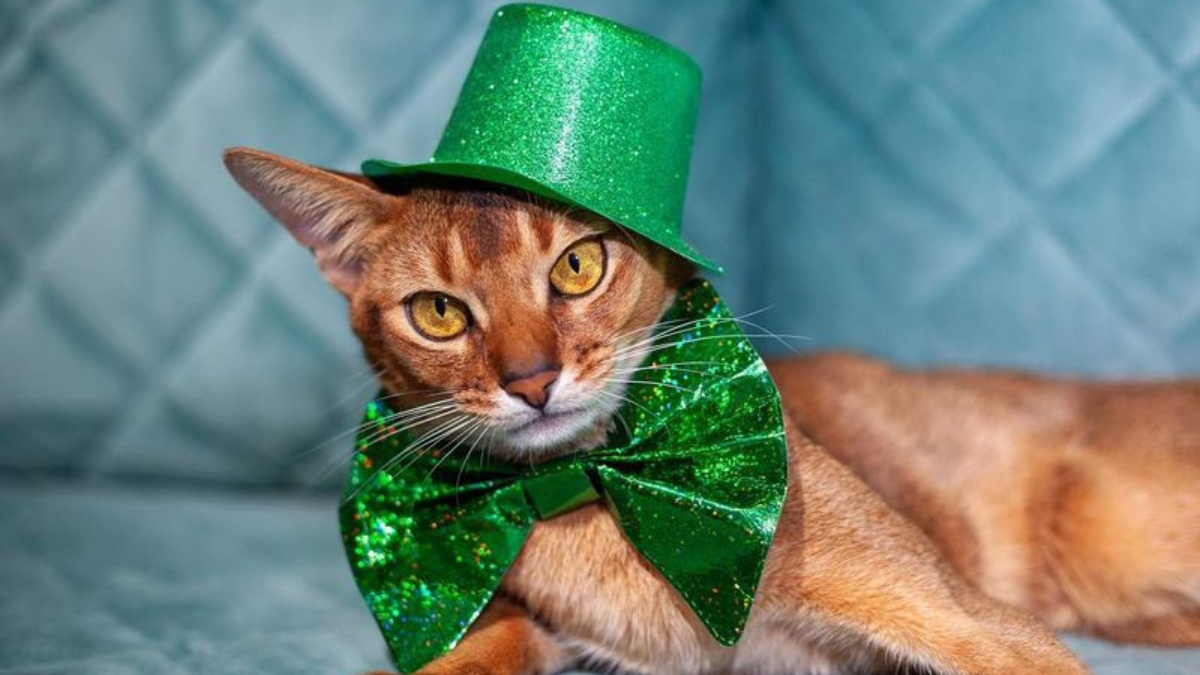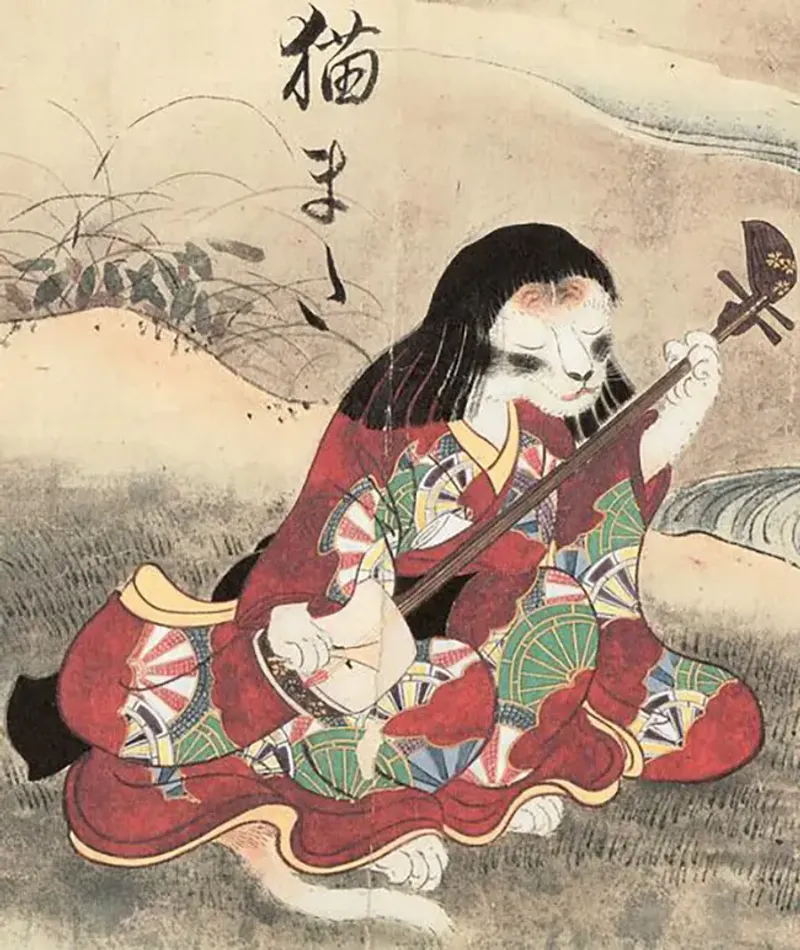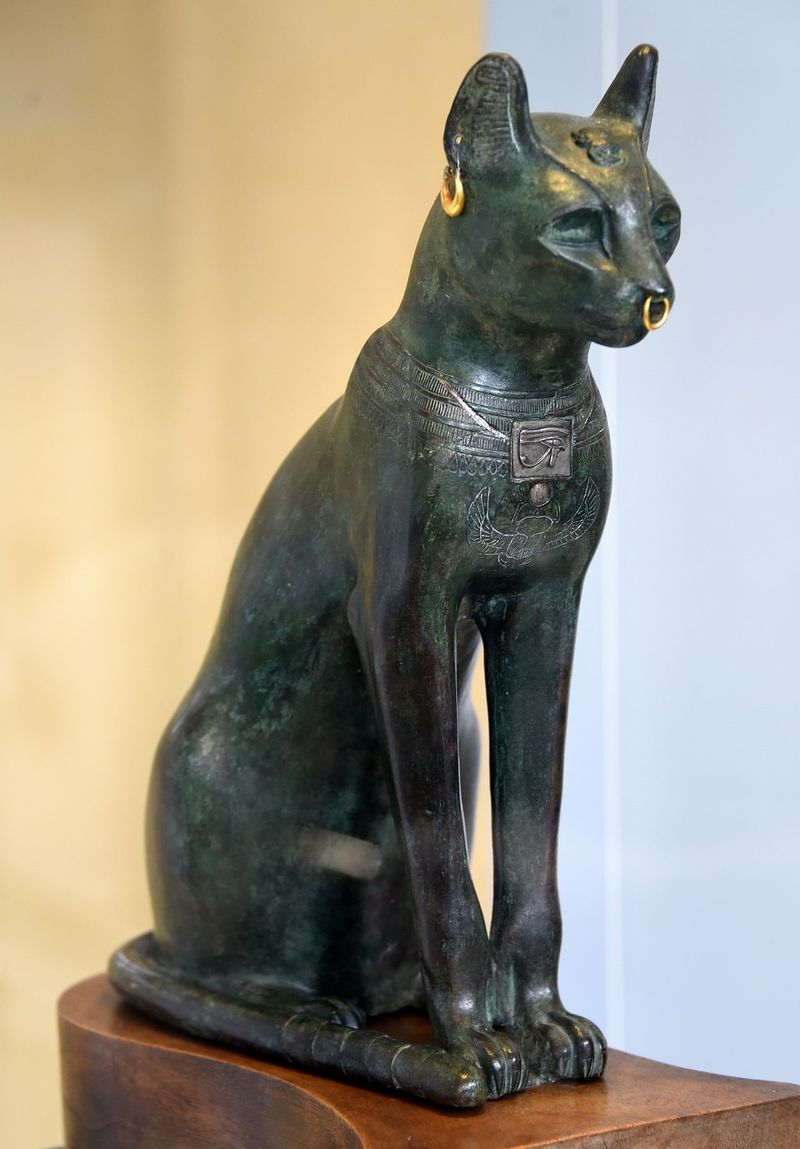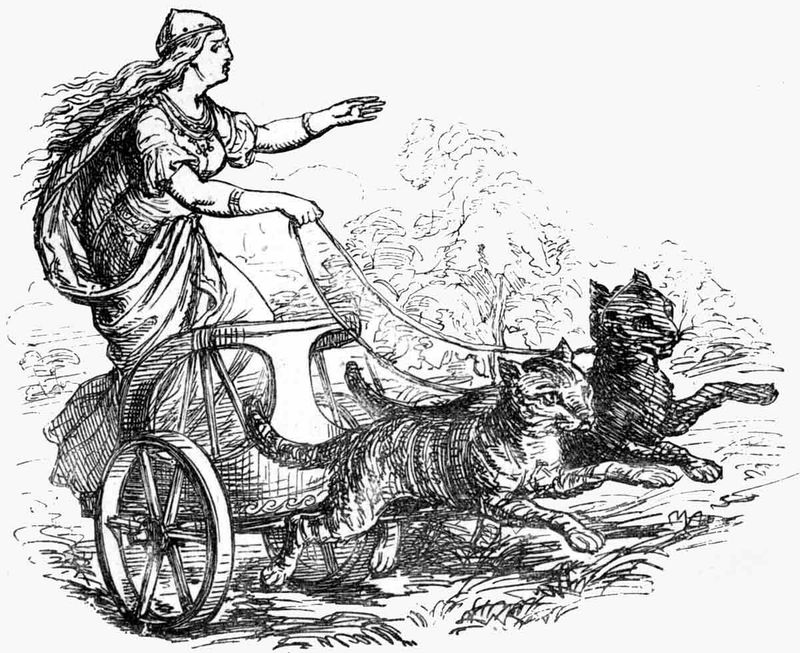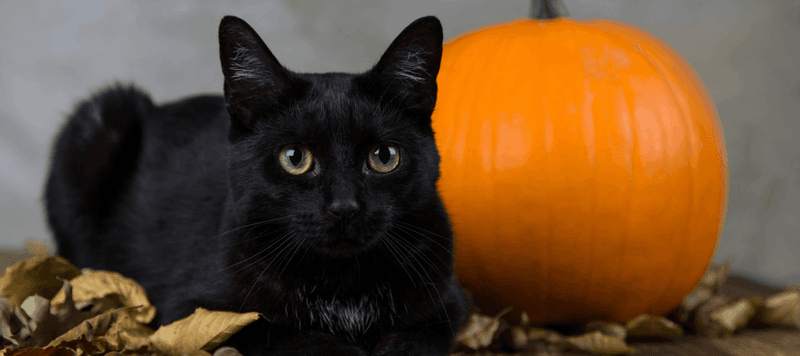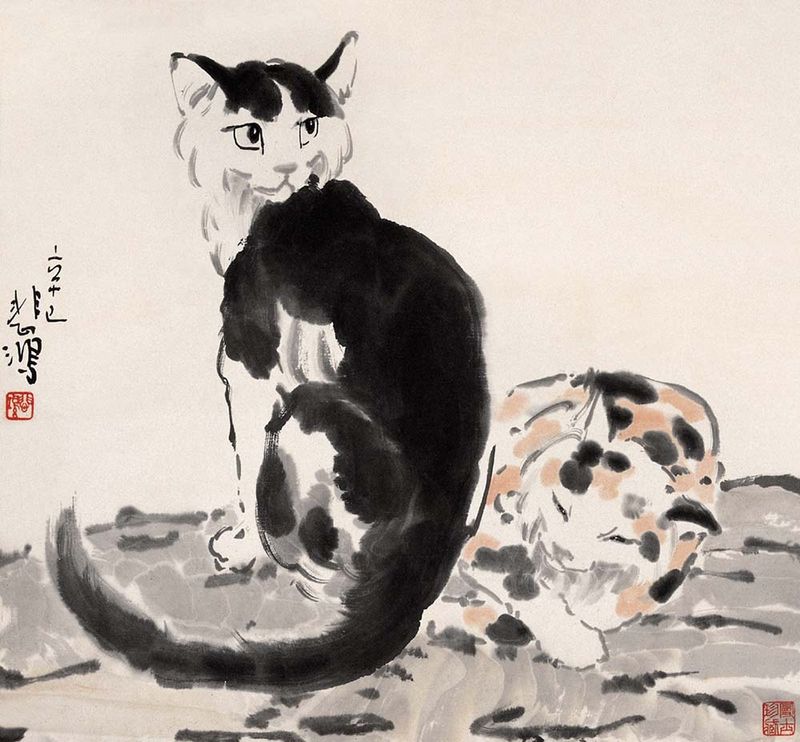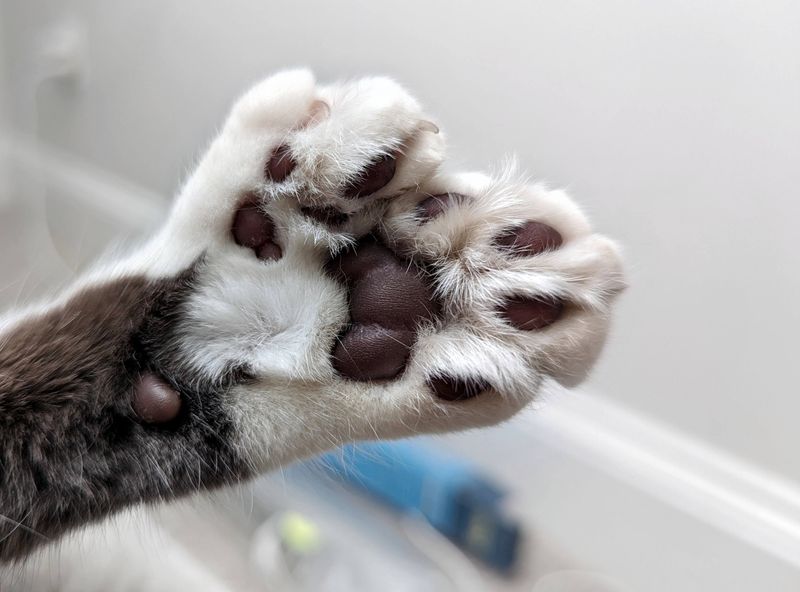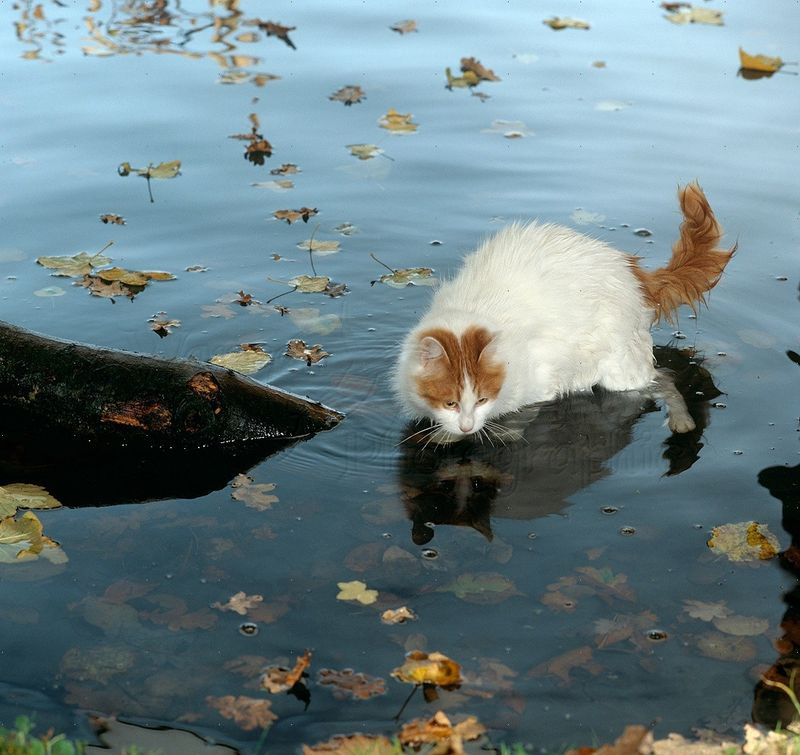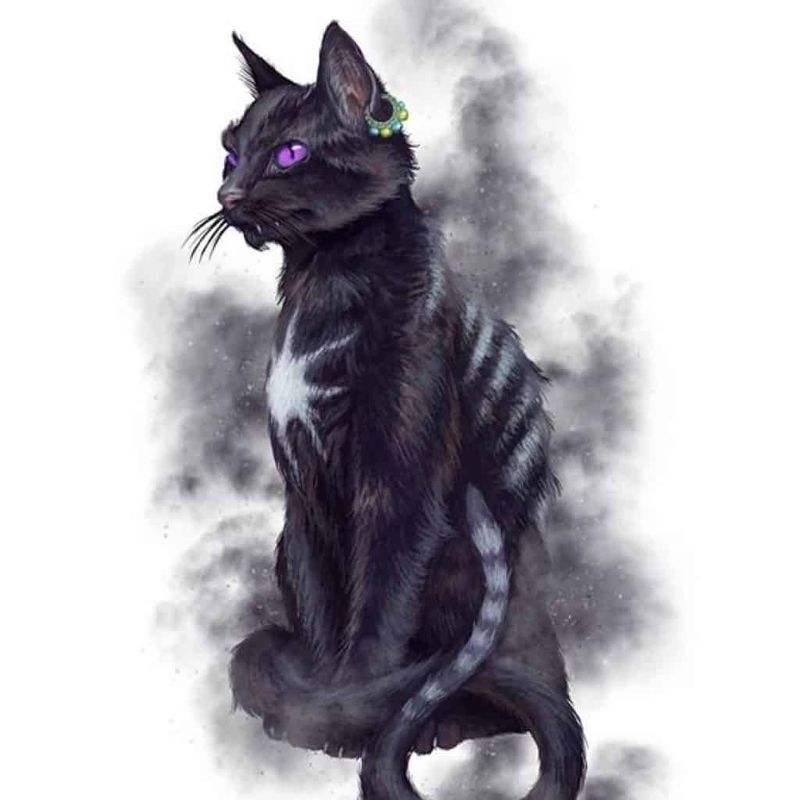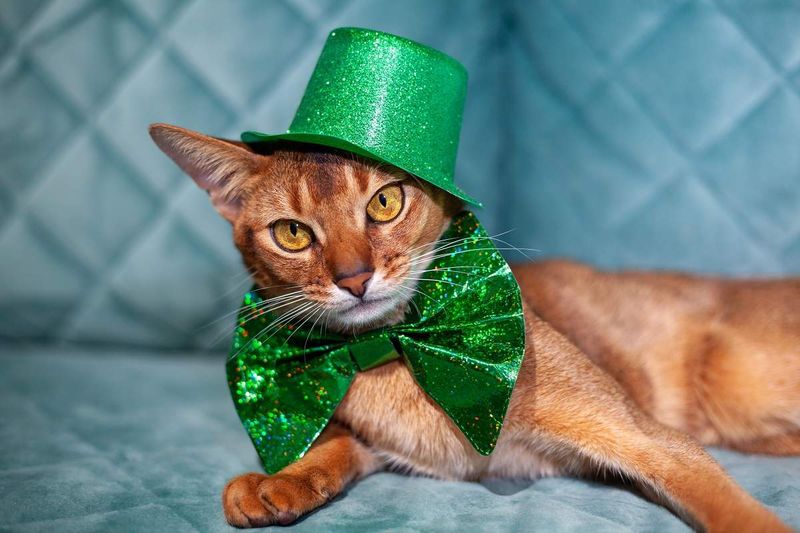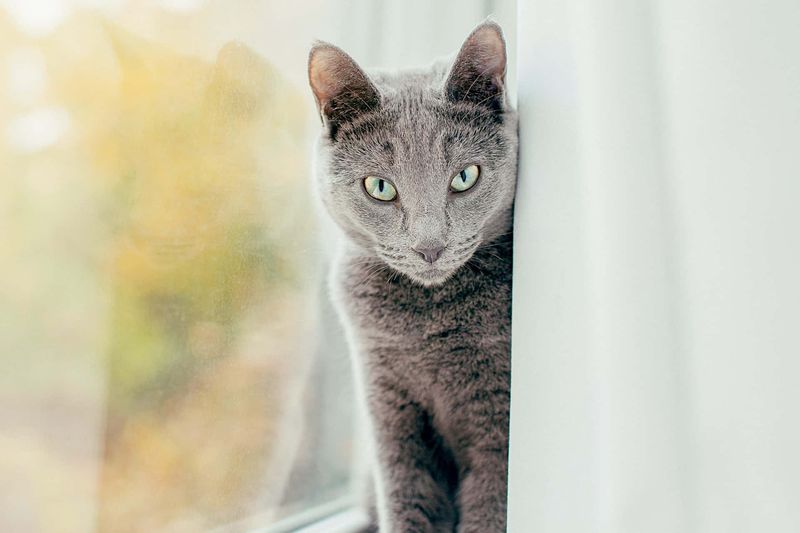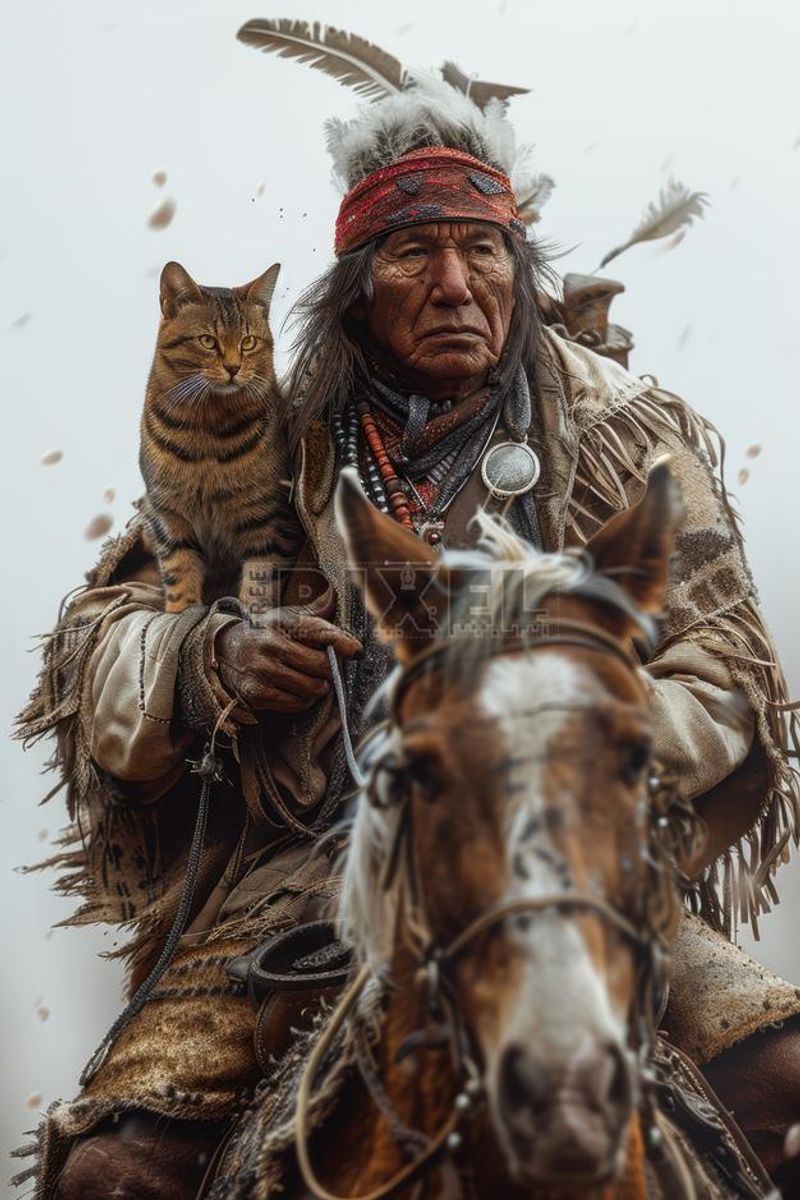📖 Table of Content:
- 1. Cats as Guardians in Japanese Folklore
- 2. The Egyptian Reverence for Feline Deities
- 3. Cats and the Viking Lore of Freyja
- 4. The Enigmatic Black Cats of Halloween
- 5. Cats in the Ancient Chinese Zodiac
- 6. Polydactyl Cats: Sailors’ Lucky Charms
- 7. The Turkish Van’s Sacred Swim
- 8. Cats and the Scottish Myth of the Cat-sìth
- 9. Ireland’s Lucky Cats
- 10. The Russian Blue’s Aura of Tranquility
- 11. Cats as Healers in Native American Traditions
Cats have long captivated the imaginations of people across the globe. Throughout history, these mysterious creatures have been seen as symbols of both power and vulnerability. Various cultures have woven them into myths and legends, often elevating them to a status that goes beyond that of ordinary pets.
From the reverence seen in ancient Egypt to the superstitions of modern times, cats have held a special place in human societies. Many cultures attribute supernatural qualities to them, viewing them as both protectors and omens. This deep connection between cats and humans speaks to the enigmatic aura that surrounds these fascinating animals.
The diverse ways in which cats are perceived reveal a lot about the values and beliefs of different societies. Whether as protectors, symbols of fortune, or agents of mischief, cats have sparked a wide range of emotions and beliefs. Understanding these cultural views offers a glimpse into the complex and enduring relationship between humans and cats.
1. Cats as Guardians in Japanese Folklore
In Japanese folklore, cats are seen as mystical protectors. It is believed they can ward off evil spirits, bringing peace and safety to a household. Their graceful movements and enigmatic eyes are said to disguise powerful supernatural abilities. Often depicted with a bell collar, these cats are thought to possess the power to see beyond the mortal realm.
A popular tale tells of a cat saving a samurai by beckoning him away from danger, symbolizing their role as spiritual guardians. This belief has made them revered creatures in Japanese culture, often associated with good fortune and happiness.
2. The Egyptian Reverence for Feline Deities
In ancient Egypt, cats were more than household pets; they were divine. The goddess Bastet, depicted with the head of a lioness or domestic cat, symbolized home protection, fertility, and music. Cats were pampered as earthly representatives of Bastet, and harming them was a grave offense.
They roamed the temples and homes, believed to guard against evil spirits and disease. Mummifying cats and burying them with their owners reflected their sacred status. This divine affinity fostered a culture where cats were cherished, leading to artistic depictions that endure as symbols of grace and mystery today.
3. Cats and the Viking Lore of Freyja
The goddess Freyja, associated with love and war, had a chariot pulled by two large cats. These felines were gifts from Thor, the god of thunder, and symbolized her connection to the untamed wilderness.
Cats in this lore were seen as creatures of strength and independence, embodying qualities admired by the Vikings. Freyja’s cats were believed to bring blessings to those who cared for them, making them symbols of prosperity and power. Even today, this legend infuses cats with an air of mystique, echoing the fierce spirit of the Norse culture.
4. The Enigmatic Black Cats of Halloween
Black cats are iconic symbols of Halloween, but their dark allure traces back to European folklore. Once believed to be witches’ familiars, they were feared as omens of bad luck and mischief. Their sleek, shadowy appearance added to their mystique, making them subjects of superstition.
In contrast, other cultures celebrate black cats as symbols of protection and prosperity. Today, they captivate with their mysterious charm, embodying the duality of fear and fascination. Whether seen as harbingers of doom or guardians of fortune, black cats continue to enchant the imagination in myriad ways.
5. Cats in the Ancient Chinese Zodiac
While absent from the official Chinese zodiac, cats hold significant cultural value in Chinese folklore. An ancient tale explains their exclusion: the cat was tricked by the rat, missing the banquet that determined the zodiac animals. Despite this, cats are still seen as wise and perceptive creatures.
Their ability to navigate the hidden corners of the night symbolizes intelligence and mystery. In some regions, cats are believed to bring prosperity and ward off evil. This duality reflects a respect for their cunning nature, making them beloved figures in Chinese homes and ceremonies, symbolizing both vigilance and grace.
6. Polydactyl Cats: Sailors’ Lucky Charms
Often found on ships, polydactyl cats were considered harbingers of good luck by sailors. Their extra toes were thought to increase their balance and hunting skills, making them perfect companions for long voyages.
These unique cats were believed to have the ability to predict storms, acting as natural barometers. The sailors cherished them not only for their practical benefits but also for their company. Today, they are fondly referred to as ‘Hemingway cats,’ named after the author who adored them. Their nautical history adds a layer of intrigue, blending practicality with superstition.
7. The Turkish Van’s Sacred Swim
The Turkish Van is a breed renowned for its love of swimming, a trait that sets it apart in feline lore. Legend says they were the favored cats of Noah, jumping from the ark to swim in the waters of Lake Van.
This breed is often associated with purity and grace, revered for its unique ability to navigate both land and water. Their striking appearance, with a distinctive color pattern, adds to their enigmatic charm. In Turkish culture, they are seen as symbols of vitality and agility, enhancing their mystique and elevating their status as a national treasure.
8. Cats and the Scottish Myth of the Cat-sìth
In Scottish folklore, the Cat-sìth is a fairy creature resembling a large black cat with a white spot on its chest. Believed to roam the Highlands, it was thought to have the ability to steal a person’s soul before burial.
To ward off the Cat-sìth, people performed rituals, such as loud music and distractions during wakes. Despite its eerie reputation, the Cat-sìth also symbolizes the mysteries of the Scottish landscape. This legendary creature embodies the delicate balance between fear and fascination, reflecting the rich tapestry of Celtic myths that celebrate the unknown and the supernatural.
9. Ireland’s Lucky Cats
Irish people see cats as bringers of good fortune and guardians of the home. Folklore suggests that a cat entering your house foretells prosperity and happiness. These beliefs stem from ancient Celtic traditions, where cats were revered for their mysterious powers.
Their ability to hunt and protect the household from pests was seen as a divine gift. Irish legends are filled with stories of cats leading travelers to hidden treasures, symbolizing their role as guides and protectors. This view of cats as lucky talismans continues in modern times, blending superstition with endearing affection.
10. The Russian Blue’s Aura of Tranquility
The Russian Blue is famed for its striking silver-blue coat and captivating green eyes. In Russian folklore, they are believed to bring calm and tranquility to their surroundings. Their graceful demeanor and gentle presence are said to dispel stress and negativity.
This belief has made them cherished companions in Russian households, symbolizing peace and harmony. Their serene nature reflects the quiet beauty of the Russian landscape, with a history that intertwines elegance with mythology. The Russian Blue’s allure lies not only in its physical beauty but also in the calming influence it is believed to possess.
11. Cats as Healers in Native American Traditions
In many Native American traditions, cats are seen as spiritual healers. They are believed to possess the ability to absorb negative energy and bring harmony to those around them. Their keen senses and intuitive nature make them revered guides in spiritual practices.
Cats are often included in healing rituals, where their presence is thought to enhance the connection between the physical and spiritual realms. This belief underscores a respect for the natural world, highlighting the cat’s role as a bridge between humans and the divine. Their gentle presence continues to inspire reverence and awe in various tribes.
